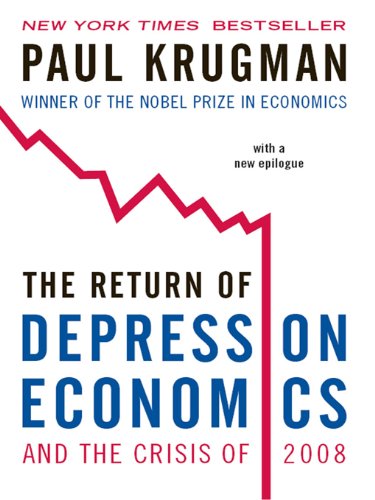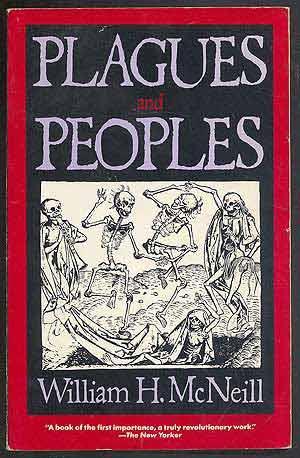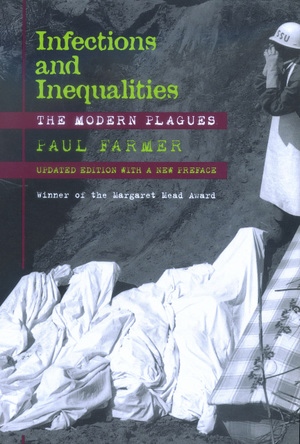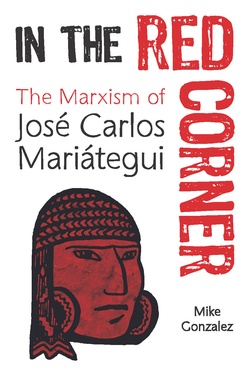España: A Brief History of Spain, Giles Tremlett, Bloomsbury, 2022, p. 320, ISBN: 978-1-63973-057-5
To atone for the sins of killing his wife and children, Greek demi-God Hercules was ordered to perform twelve impossible labors by Eurystheus, the King of Tiryns. Some of these tasks were to be performed at the end of the known world, which then represented the far west of the Mediterranean Sea. Making his way West, he came across a pair of mountains that barred his way, which given his demi-God strength he pushed aside, thereby connecting the Mediterranean and the Atlantic. The myth finds its physical proof in the present-day Rock of Gibraltar and, opposite it, the Jebel Musa Mountain. Accompanying him on this journey was said to be his nephew Hispano, whom he appointed to rule over the population he encountered in this part of the world. Thus, the myth goes, Spain was born. As if to confirm the veracity of the myth, the two towering peaks are represented on the Spanish coat of arms in the form of pillars between which stand the arms of the House of Bourbon.
Giles Tremlett, a newly naturalized Spaniard and a Guardian columnist based in Madrid, has written a sweeping history of Spain, starting from its earliest, mythical and Herculean origins until the rise of Podemos and Ciudadanos. The story is enriched by vivid photographs, paintings, murals and depictions supporting the narrative of each period, which chronologically and neatly flow into one another without overburdening the reader with too scholarly a detail. Anecdotes and rumours are interweaved to make for a compilation of 36 vignettes that together tell the story of Spain.
Tremlett states that Spain’s geography determined the course of its history. “The Four Winds” of which the Spanish philosopher Miguel de Unamuno spoke, blow from each of the four cardinal directions, bringing with them unique civilizations that together settled Iberia. Starting from the mythic origins of Grecians ruling the seas, Phoenicians settling the coasts, Celts farming in the interior, Gauls settling the norther reaches, Carthaginians traversing it on their way to Rome and Moors coming up from Africa as Islam spread, Tremlett shows how Spain has been a diverse area of land settled by different cultures and civilizations that began to be violently united at the beginning of the contractual reign of Queen Isabella and Ferdinand to mark the beginning of the Spain we know today.
After the Romans pushed Hannibal and his armies out of Iberia, Romans built 20,000 kilometers of paved roads coupled with infrastructure and cemented Iberia as part of the Roman Empire, ruled initially by Visigoth Kings. Christianity was introduced in the third century, with Toledo becoming a religious and political capital by 624 when internal rebellions on the peninsula were quashed by King Leogovild. Relative peace allowed for culture to flourish and during the reign of the Visigoths, first tomes of the land were written, notably by Saint Isidore of Seville whose twenty-volume encyclopedia became “Medieval Europe’s most popular textbook” and remained in use until the 15th century.
However, the reign was not destined to last long as Islam began spreading out of Arabia and reached Iberia by 711. Tremlett tells the story of how Iberia fell to Umayyads by way of myth and fact. The last Visigothic king reached an ancient tower in Toledo in 710, padlocked by each of the previous kings to prevent a terrifying secret from spilling out into the world. Rather than adding another one, Rodrigo opened the padlocks and walked in, unleashing the spell which allowed Arab horsemen to invade Spain, overthrow its Kings and rule the land. The actual advance of the Umayyad and Berber armies lasted until 720s, with battles of attrition being fought all the way until Toulouse. They conquered lands as far north as Asturias, before being pushed back to create three territories of rule. Muslims ruled the south, Christians were in the north, and the two were divided by frontier lands in the center. Muslim splendour, the richness of the culture of Al-Andalus can be seen in the cities of Cordoba and Granada, architecture of Alhambra and the remains of Madinat az-Zahra. Muslim Emirs ruled over a Christian population, which mingled with Jewish and Muslim inhabitants, for seven centuries. These centuries produced an incredible wealth of knowledge, with advances in science, agronomy, astrology, medicine, philosophy, music, language and art.
Although Al-Andalus officially fell on January 2, 1492, Christian kingdoms to its north had fought them throughout the long period of their rule. Their battles were sanctioned by Rome and fought in the name of Christianity and gave rise to the Reconquista which after the fall of Al-Andalus spread to the Middle East. The story of the fall tells of the last Emir, Boabdil, who as he surrendered Granada to Isabella and Ferdinand, began his retreat and stopped to take one final look at Granada, sighed and burst into tears. The mountain pass where this occured in the Sierra Nevada currently immortalizes the scene by its name, Puerto del Suspiro del Moro. Salman Rushdie would, 503 years later, publish a book bearing the name of the event.
As Christian armies advanced southward, different Christian kingdoms sprang up, Castile, Aragon, Leon, Navarre and Portugal being the most prominent ones. The strongest of these, Castile and Aragon united in 1469 with the marriage of Isabella and Ferdinand who hailed from other European monarchies and therefore joined in on the squabbles over enthronement which later embroiled their descendants into European wars of succession and over land. However, their ascendancy coincided with the age of capitalist expansion. In search of markets, silver, gold and spices, the monarchs sponsored expeditions that eventually reached the Americas. While the indigenous population was being exterminated by sword or diseases imported from Europe and their members taken as slaves abroad, the Spanish Inquisition was taking hold of the mainland. This process involved denunciations of bad Christians, burning of those accused of witchcraft, fines and humiliations at public auto-da-fe ceremonies. In a land previously inhabited by Muslims and Jews, this led to forced conversions and expulsions of those who refused baptism. The religion was to spread across the Empire and be used as a cudgel by which to bring the population under the heel of monarchy and its provincial armies.
Tremlett documents internal power struggles between Iberian Kingdoms that were to beset the throne until Napoleonic invasions, whose armies were defeated by provincial citizen armies that rose up against the French rule, in an act of budding Spanish nationalism at a time when liberal ideas of nationhood were gaining ground in Europe. In 1812, a constitution was adopted that limited the power of kings while ensuring their hereditary power. In a true liberal fashion of the time, the Constitution reaffirmed that the sovereignty no longer lies with the King, but the people and that the King’s powers were to be separated between the courts and lawmakers. The Cadiz Constitution was annulled by Ferdinand VII, but this sparked a battle that was to plague Spain until the present day, that one between the monarchists and republicans, costing hundreds of thousands their lives and eventually resulting in the 20th century Spanish Civil War.
The Civil War that lasted from 1936 to 1939 was preceded by a boom in industrial development that created a working class whose ideas were influenced by Italian Anarchists and other left-wing ideas at the time, pitting the industry barons against their workers. Murders swept the country and army began being involved more in politics, eventually leading one of its generals, Primo De Rivera to overthrow the government in 1923. He belonged to a group of soldiers known as Africanists who fought in Spanish Morocco and were known for committing atrocities against the local population. These troops used chemical weapons in Rif, which remains one of the regions with the highest incidence rate of cancer in the country. Francisco Franco, who was to rule Spain from 1939 until his death in 1975, belonged to this unit and the brutality of his dictatorship bears the mark of the unit he came from.
Spain has been a democracy since 1978, albeit a flawed one, as Giles Tremlett shows. Beset in the early stages of the transition by coup attempts, it later came to be marred by brazen corruption that came at the expense of social and economic development. Corruption ran vertically to the top and included the Monarchy itself. This neglect, greed and recklessness eventually brought the country to the brink of a disaster during and following the financial crisis of 2008. In the first quarter of 2013, during the presidency of Mariano Rajoy, Spain’s unemployment levels reached almost 27%, while the rate of unemployment for those under 25 was 50%, leading many to leave the country but also infuriating others who stayed, giving rise to populist movements and renewing the ideas of separatism in Catalonia, whose status of a principality was annulled following the defeat of Barcelona in 1714.
Tremlett ends the story here, with a 21st century Spain beset by economic troubles and internal disunity, yet fully functioning as a state. The long, entertaining and sweeping narrative of Spanish history leads to where we are now. Four winds blowing from the four cardinal directions continue to define Spain’s character, with it being an integral part of the European Union, a gateway to Africa looking West towards the Americas, while also sharing traits with its Eastern neighbors of Italy and Greece.




